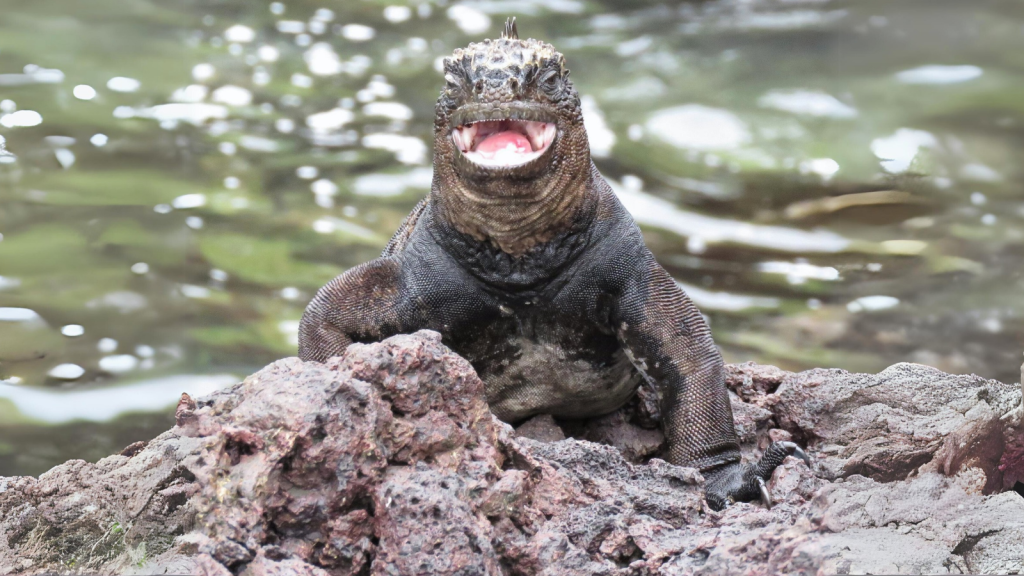Coastal waters are home to some of the most fascinating creatures on Earth, including a variety of reptiles that have adapted to life in and around the sea. While many of these animals are harmless, some pose significant dangers to humans and other creatures. From venomous sea snakes to massive crocodiles, these reptiles hunt and defend their coastal habitats. Thankfully here in Britain, we don’t have too many dangerous coastal creatures, and certainly not reptiles, but take a look at those fierce reptiles that hunt the coastlines of the rest of the world.
Saltwater Crocodile
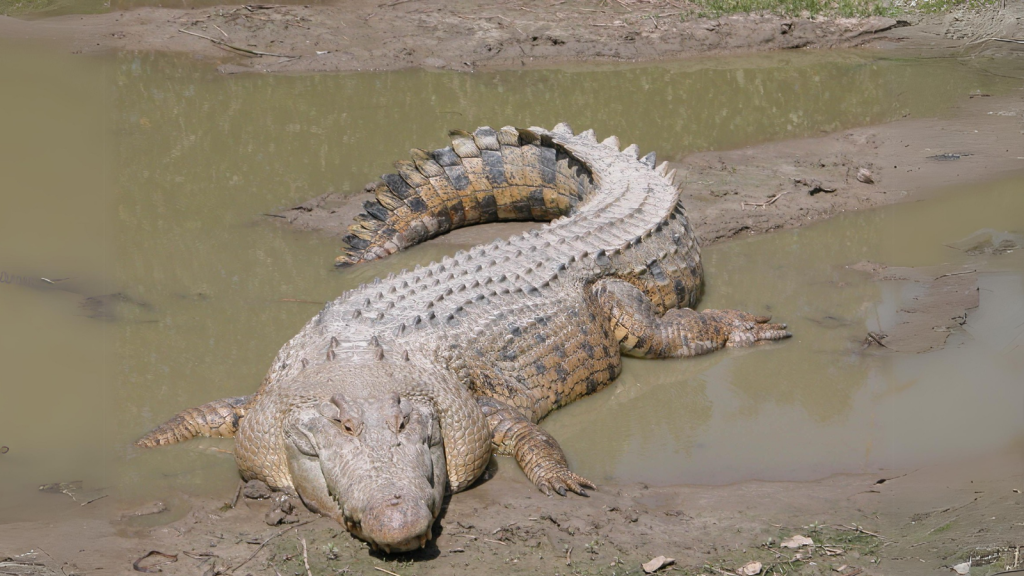
The saltwater crocodile is the largest living reptile and one of the most feared predators in coastal waters. Found in the Indo-Pacific region, these massive creatures can grow up to 23 feet long and weigh over a ton. Saltwater crocodiles are known for their aggressive behavior and powerful jaws, which can exert a bite force of up to 3,700 pounds per square inch. They’re capable of taking down large prey, including sharks and even humans.
Yellow-Bellied Sea Snake
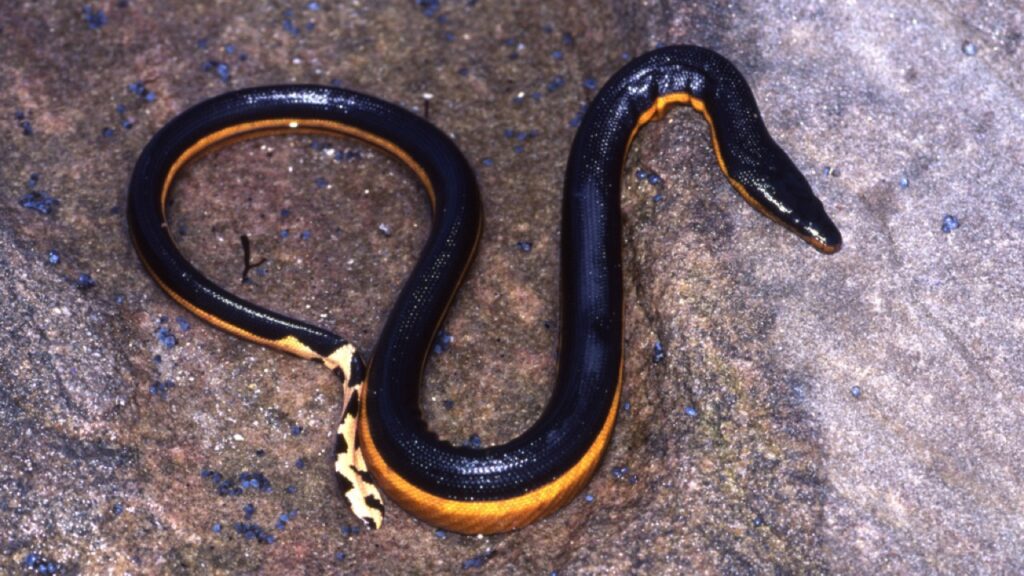
This highly venomous sea snake is found in tropical and subtropical waters of the Indian and Pacific Oceans. The yellow-bellied sea snake has a potent neurotoxic venom that can cause paralysis and death if left untreated. These snakes are easily recognizable by their yellow underside and dark upper body, which helps them camouflage in the water. Despite their danger, they’re generally not aggressive unless provoked.
American Alligator
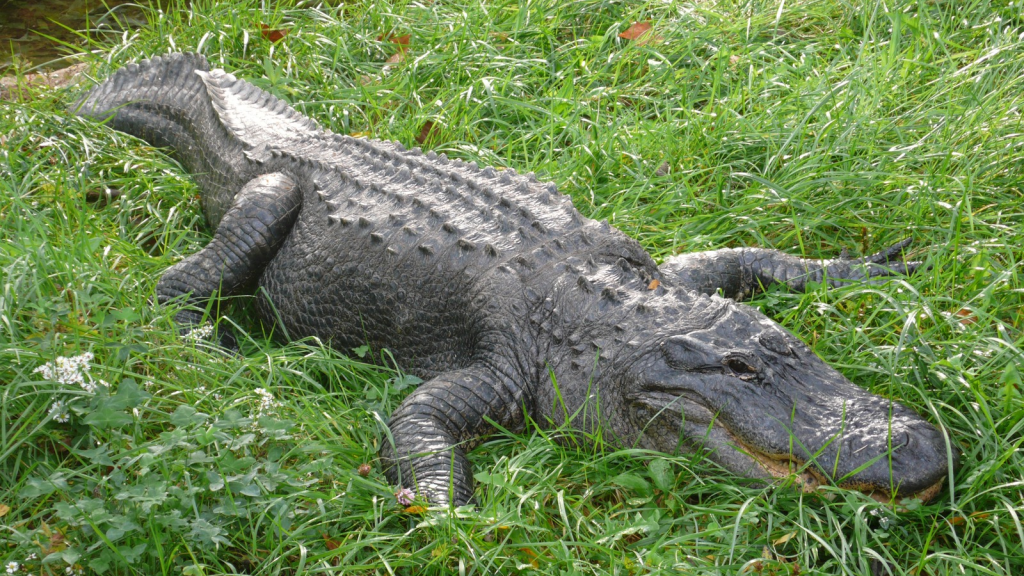
While primarily freshwater dwellers, American alligators can sometimes be found in coastal areas, especially in brackish waters. These powerful reptiles can grow up to 14 feet long and are apex predators in their ecosystems. Alligators have been known to attack humans, especially if they feel threatened or if people feed them and they lose their fear of humans.
Leatherback Sea Turtle
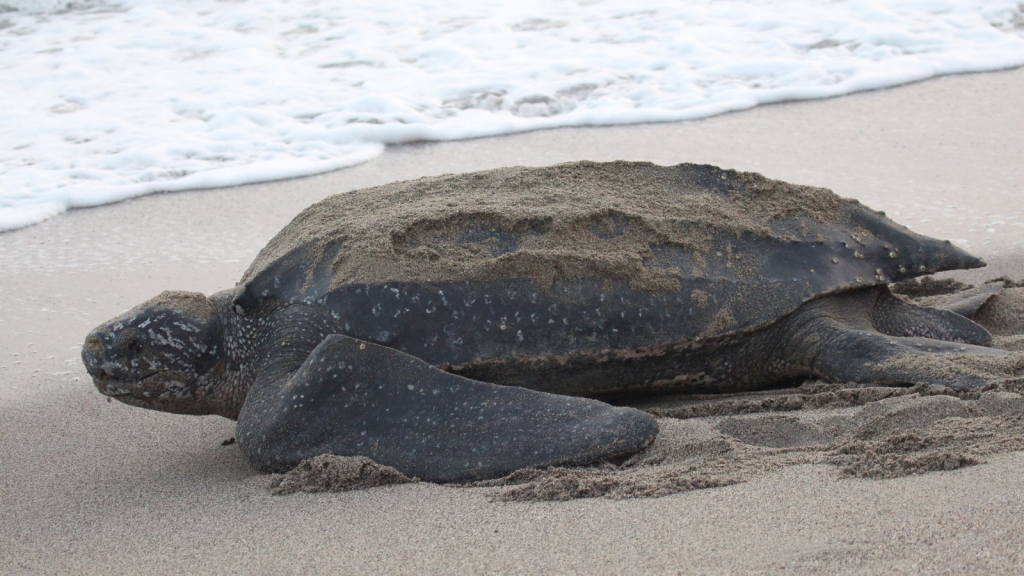
While not typically aggressive, the leatherback sea turtle can be dangerous due to its massive size and powerful jaws. These gentle giants can weigh up to 2,000 pounds and have sharp beaks that can cause serious injury if they feel threatened. Leatherbacks are known to mistake plastic bags for jellyfish, their primary food source, which often leads to fatal consequences for the turtles.
Marine Iguana

Found only in the Galapagos Islands, marine iguanas are the world’s only sea-going lizards. While not typically dangerous to humans, they can deliver a painful bite if handled roughly. Their main defense mechanism is to expel concentrated salt from their nostrils, which can be startling and unpleasant for unsuspecting observers. Marine iguanas are excellent swimmers and can dive up to 65 feet deep to feed on algae.
Olive Sea Snake
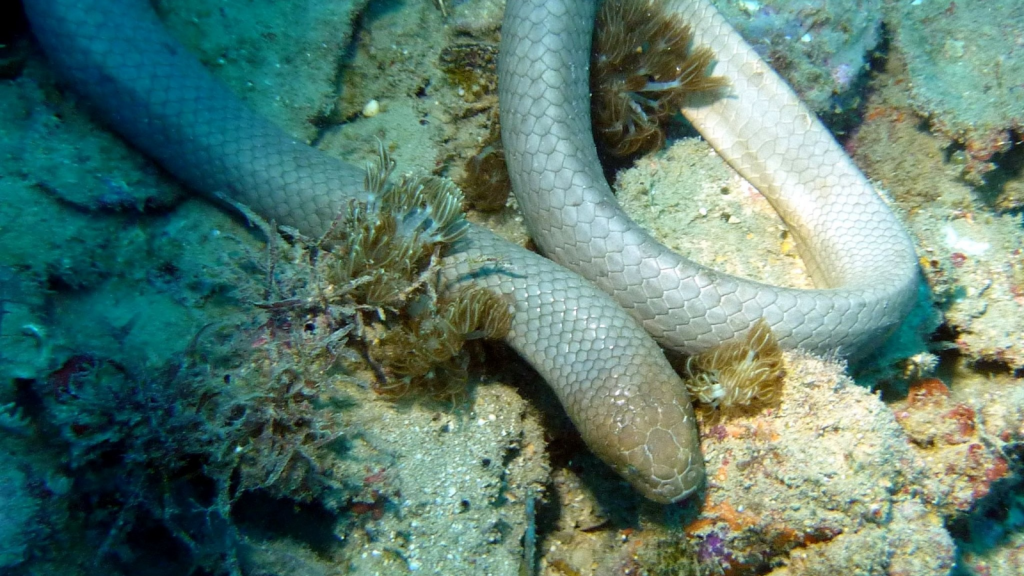
The olive sea snake is found in the western Pacific Ocean and is known for its curious nature, which can sometimes lead to dangerous encounters with divers. These snakes have a potent venom that can cause muscle pain, paralysis, and even death if not treated promptly. Olive sea snakes are known to approach divers out of curiosity, which can be mistaken for aggression.
Estuarine Crocodile

Also known as the Indo-Pacific crocodile, this species is found in coastal areas from India to Australia. They’re similar in size and behavior to saltwater crocodiles and are equally dangerous. Estuarine crocodiles are excellent swimmers and have been known to travel long distances in open ocean. They’re responsible for numerous human fatalities each year in their native ranges.
Banded Sea Krait
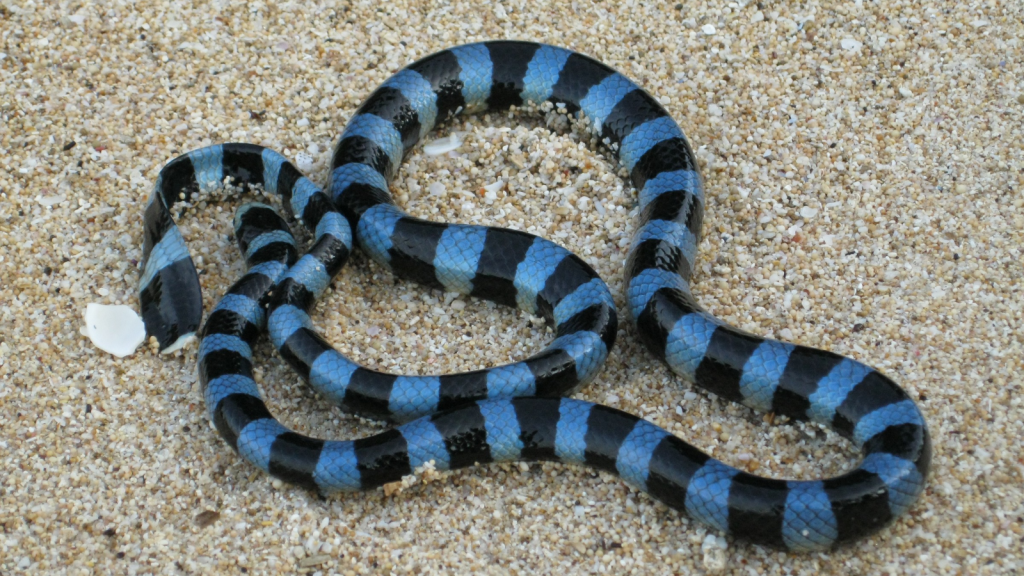
The banded sea krait, with its distinctive blue and black stripes, is a highly venomous sea snake found in the Indo-Pacific region. While generally docile, its venom is 10 times more potent than that of a cobra. These snakes must return to land to lay their eggs, making them unique among sea snakes. Despite their potent venom, banded sea kraits rarely bite humans unless severely provoked.
Galapagos Land Iguana
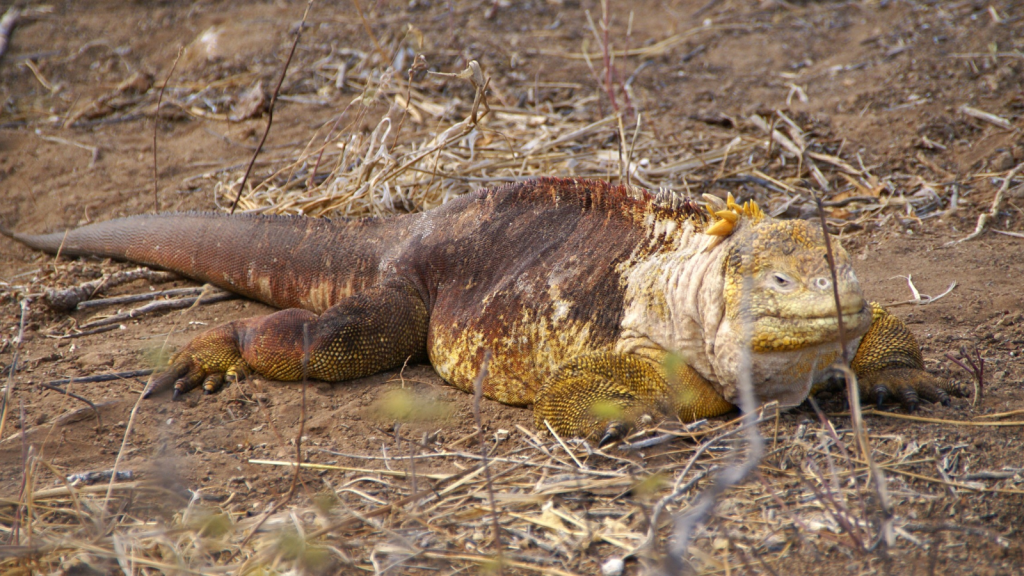
While not typically found in water, Galapagos land iguanas live in coastal areas and can sometimes enter shallow waters. These large lizards can grow up to 5 feet long and have sharp claws and teeth. While they’re not aggressive towards humans, they can deliver a painful bite if threatened. Their main danger lies in their protected status – harming these iguanas can result in severe legal consequences.
Black Caiman

The black caiman is a large predator found in the coastal regions of South America, particularly in the Amazon basin. It’s one of the largest alligator species, with some individuals reaching lengths of up to 20 feet. Black caimans are known for their aggressive behavior and have been responsible for human fatalities. They’re apex predators in their habitats and can take down large prey, including capybaras and jaguars.
Yellow-Lipped Sea Krait
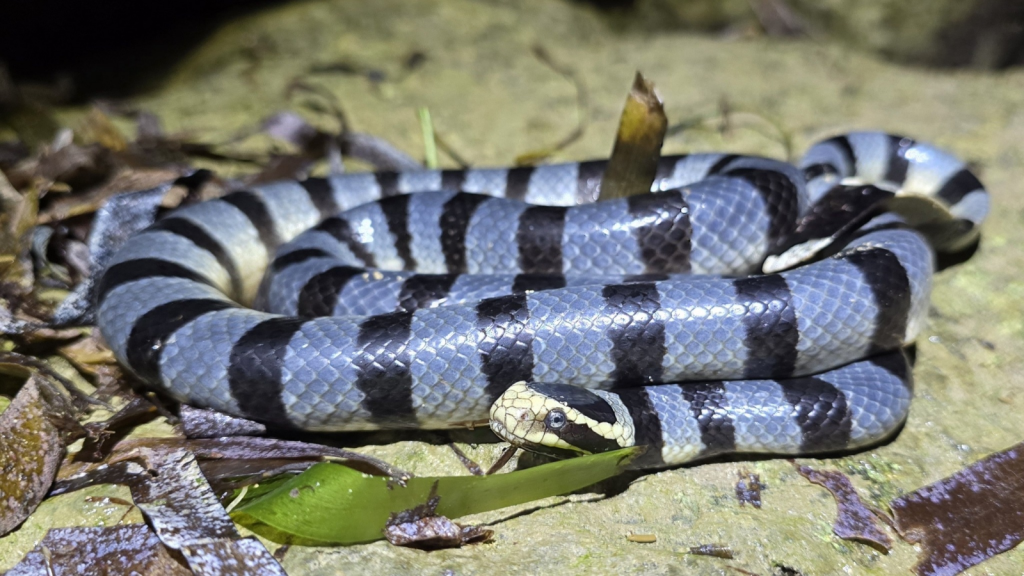
This sea snake is found in the waters of Southeast Asia and Australia. It has a potent venom that can cause paralysis and death if left untreated. Yellow-lipped sea kraits are known for their striking coloration, with dark bands on a light body and bright yellow lips. While they spend much of their time in the water, they must return to land to digest their food and lay eggs.
Komodo Dragon
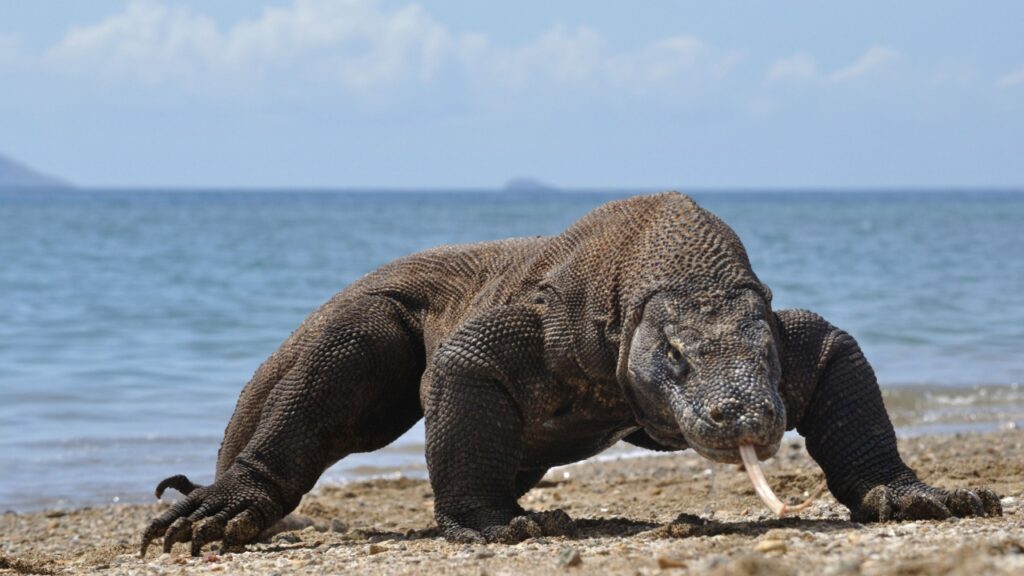
While not strictly a coastal species, Komodo dragons are found on several Indonesian islands and sometimes venture into shallow coastal waters. These massive lizards can grow up to 10 feet long and are known for their powerful bite and bacteria-laden saliva. Komodo dragons have been known to attack and even kill humans, though such incidents are rare.
Spectacled Caiman

Found in Central and South America, spectacled caimans can inhabit both freshwater and brackish coastal areas. While smaller than their alligator and crocodile cousins, they can still be dangerous to humans. Spectacled caimans are known for their adaptability and can thrive in various habitats, including mangrove swamps and coastal lagoons.
Beaked Sea Snake
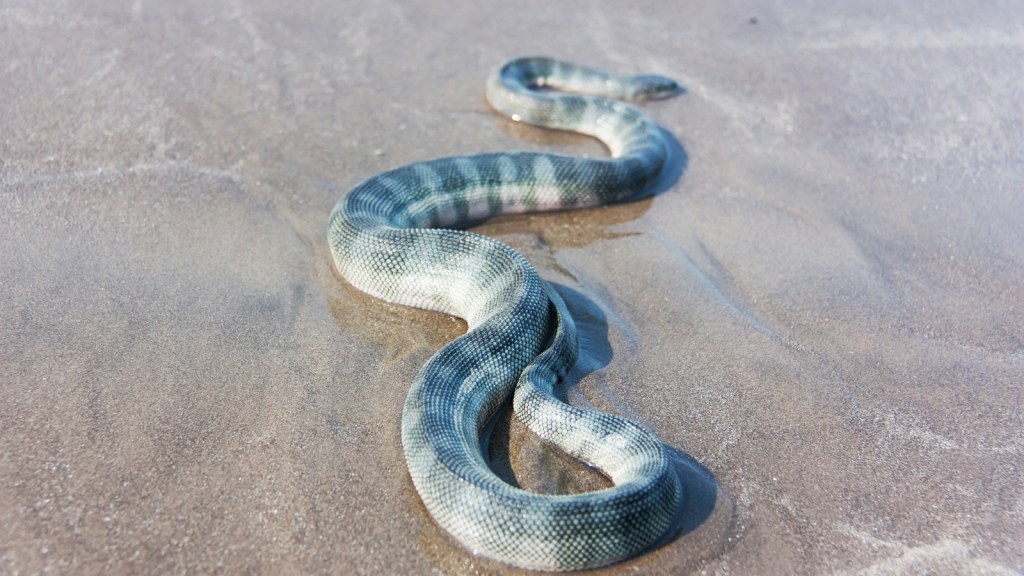
Also known as the hook-nosed sea snake, this species is found in the waters of the Indian Ocean and Western Pacific. It’s considered one of the most venomous snakes in the world, with venom potent enough to kill several humans with a single bite. Beaked sea snakes are relatively small but have a distinctive hook-like scale on their snout, which gives them their name.
Nile Crocodile
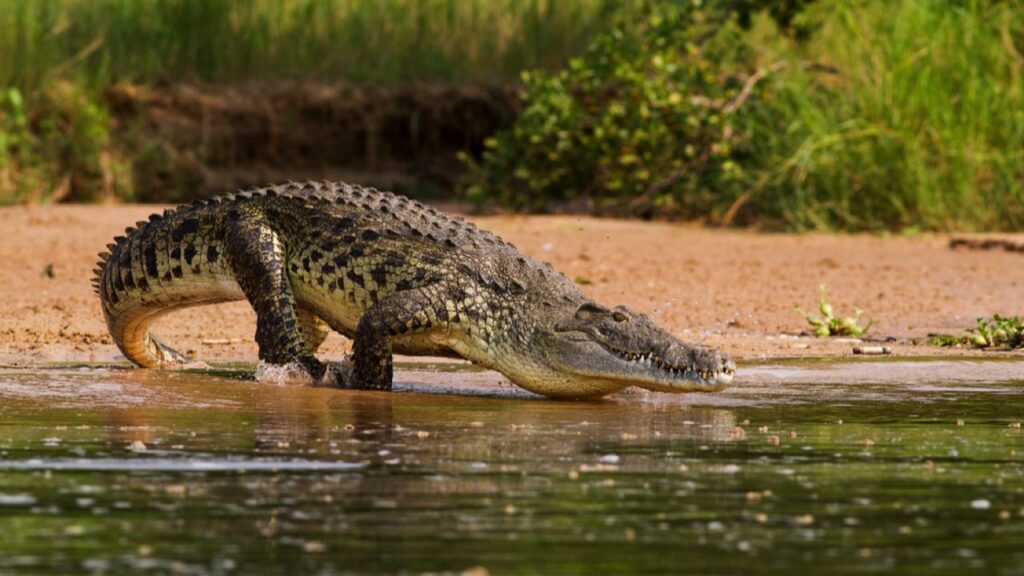
While primarily a freshwater species, Nile crocodiles can sometimes be found in coastal areas, especially in estuaries and mangrove swamps. These large reptiles are known for their aggressive behavior and are responsible for hundreds of human fatalities each year. Nile crocodiles can grow up to 20 feet long and are considered one of the most dangerous animals in Africa.

